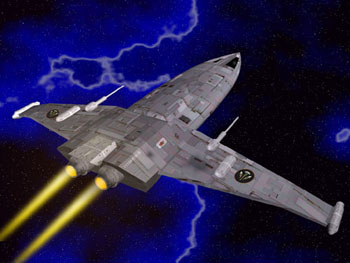NASA spacecraft spots giant dust devils on Mars
 London, May 8: NASA’s Mars Reconnaissance Orbiter (MRO) has spotted two whirling dust devils, towering nearly a kilometre high, at the exact spot where the Phoenix Mars lander is due to touch down in a few weeks.
London, May 8: NASA’s Mars Reconnaissance Orbiter (MRO) has spotted two whirling dust devils, towering nearly a kilometre high, at the exact spot where the Phoenix Mars lander is due to touch down in a few weeks.
According to a report in New Scientist, Phoenix is due to land in an oval-shaped region dubbed “Green Valley” in the northern polar region of Mars on May 25.
In preparation for the landing, other spacecraft already at Mars, including NASA’s MRO, have been monitoring the site.
On April 20, MRO spotted two dust devils at the centre of the landing ellipse, which measures 20 by 100 kilometres across.
Based on the shadows, the dust devils cast on the surface, researchers estimate that one stretched to about 920 metres in height, while the other reached 790 metres.
Dust devils are created when vortices of air – set in motion when warm air rises from the surface on an otherwise still day – pick up dust from the ground. The dust reaches such great heights because of the Red Planet’s relatively low gravity.
“It’s the low gravity and the fact that the surface gets warm and the energy is transferred into turbulence and uplift within the atmosphere,” said Phoenix team member Ray Arvidson of Washington University in St Louis, Missouri, US.
The dust vortices should pose no threat to the landing.
Despite their enormous height, the vortices are not powerful enough to endanger any spacecraft. In fact, dust devils have cleaned dust off of the Mars rovers Spirit and Opportunity, allowing more sunlight to reach their solar panels.
“If we’re lucky, the occasional dust storm will help clear the dust off the deck and the solar panels,” Arvidson told New Scientist. “It would be good to have some dust devils moving through the area - both for science and cleanliness,” he added.
Dust devils will probably appear more and more often around Phoenix’s landing site in the coming months. That’s because the northern hemisphere is approaching summer, and more vortices are expected to occur as temperatures rise.
The kilometre-high dust devils, which have been caught on camera previously by the Spirit rover, could provide a dramatic sight for Phoenix, which is expected to operate for about 90 days at a single spot in the flat, chilly Green Valley.
“The topography should be pretty flat looking off into the horizon. So, the dust devils should be easy to spot,” said Arvidson.
The Phoenix team members will also try to make a movie of any dust devils observed by the lander, just as was done by the Spirit rover. (ANI)